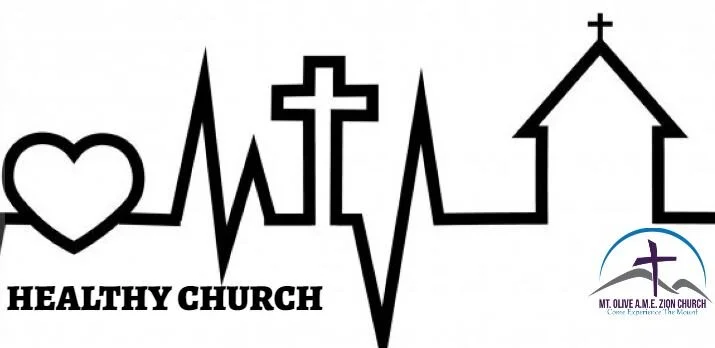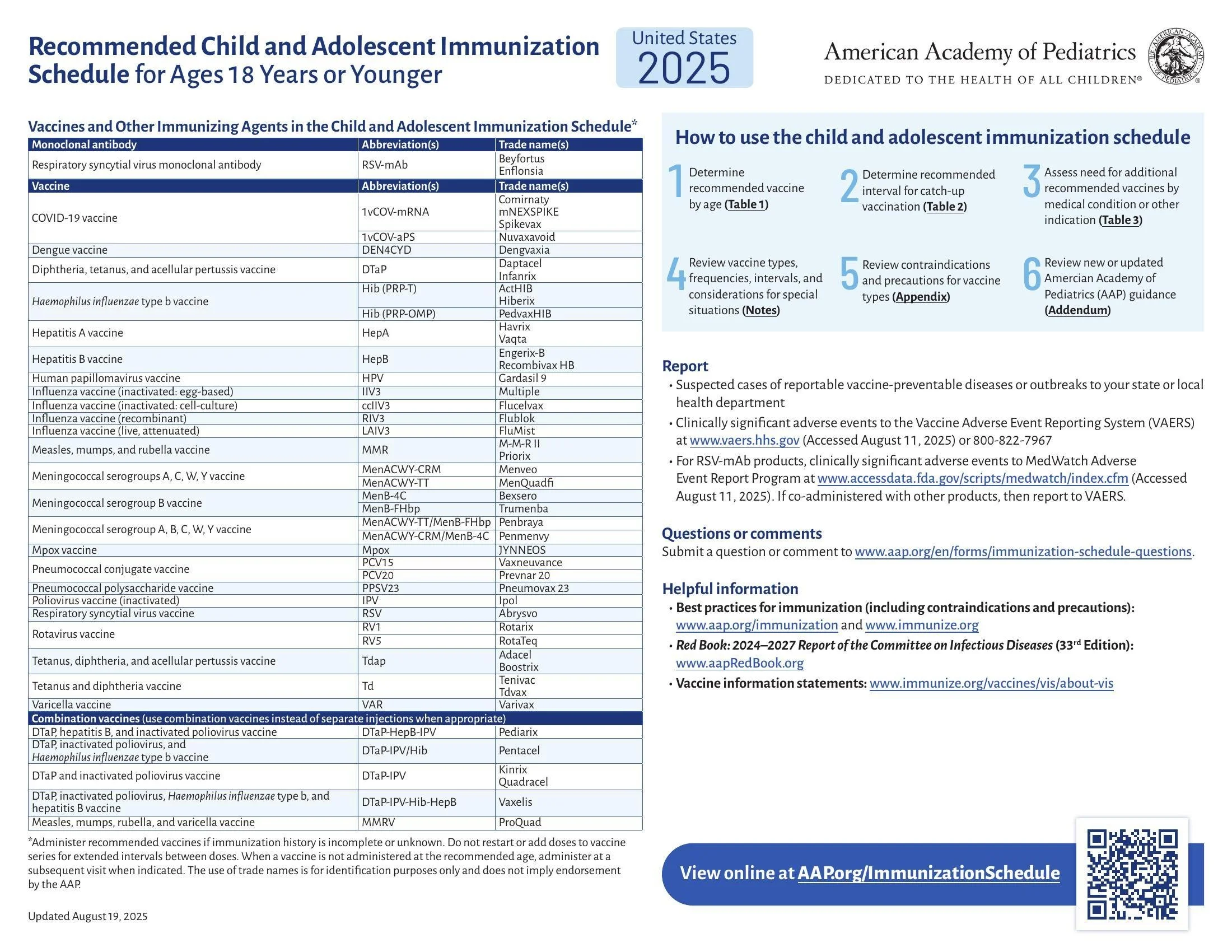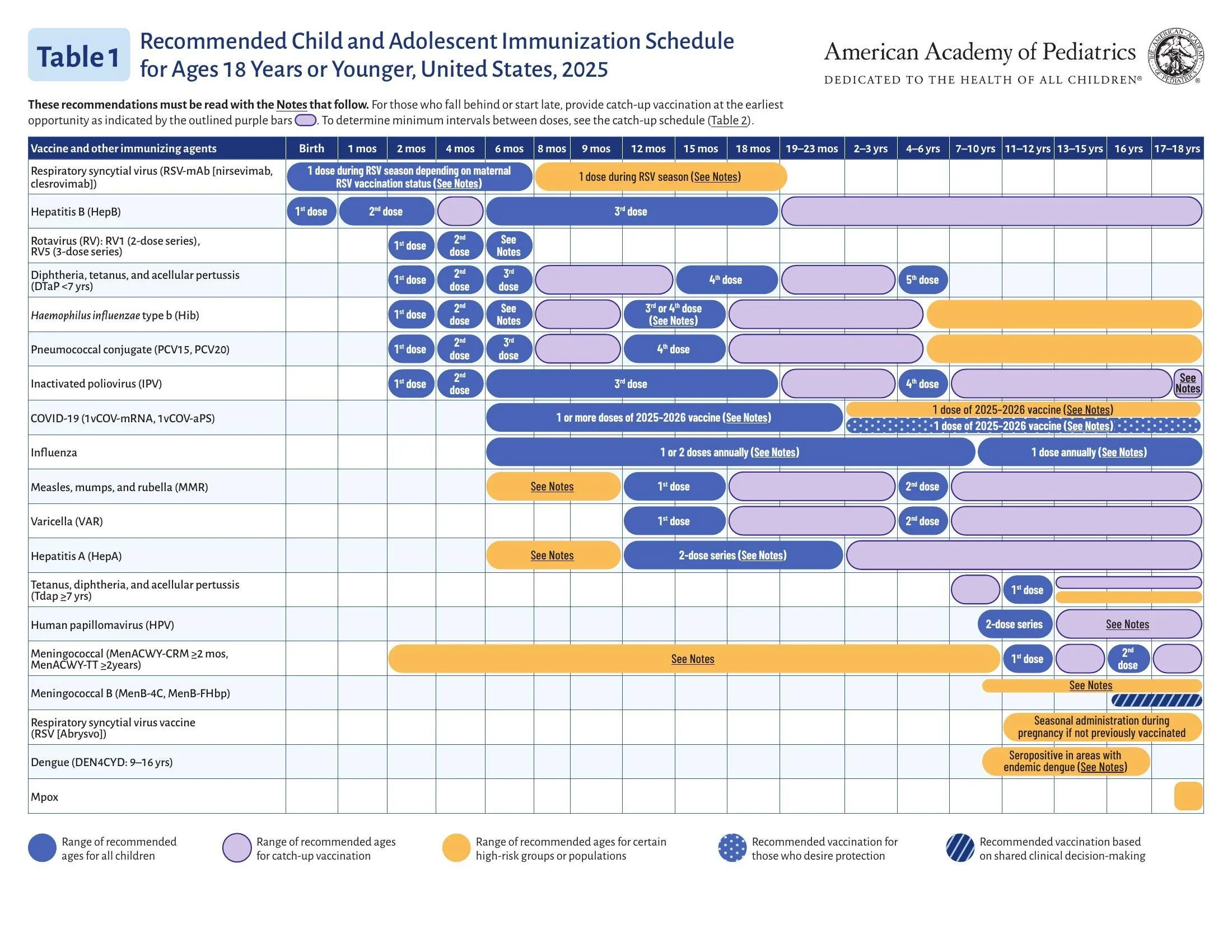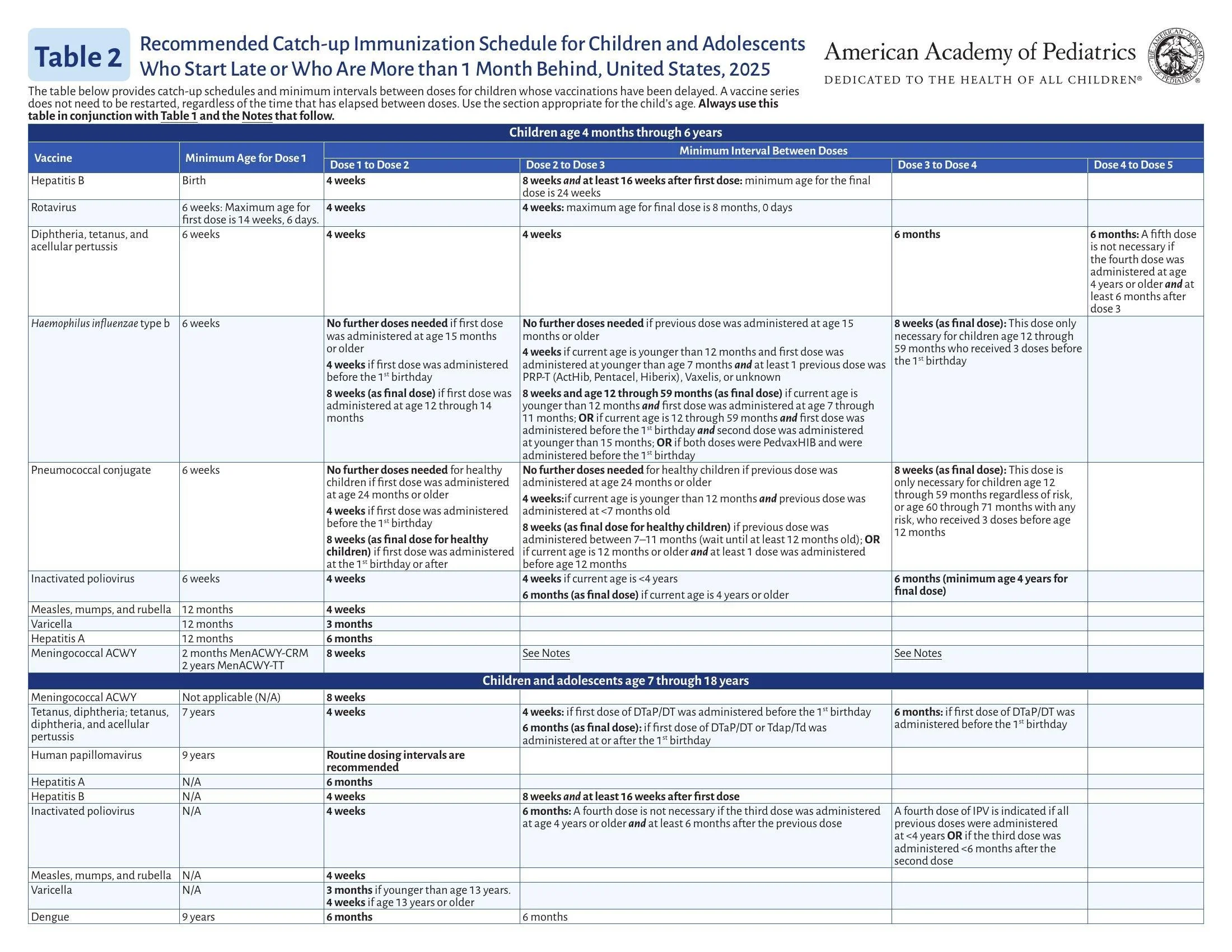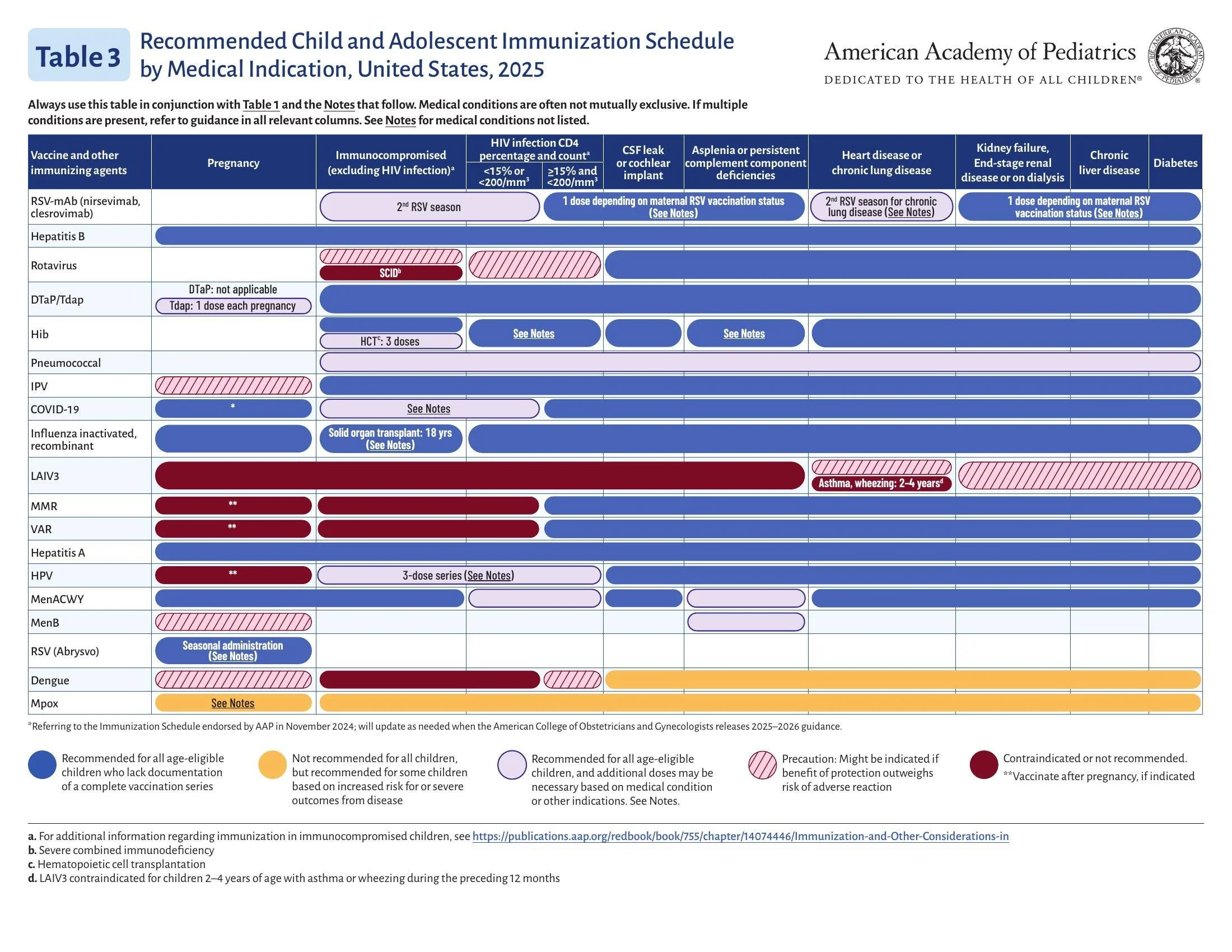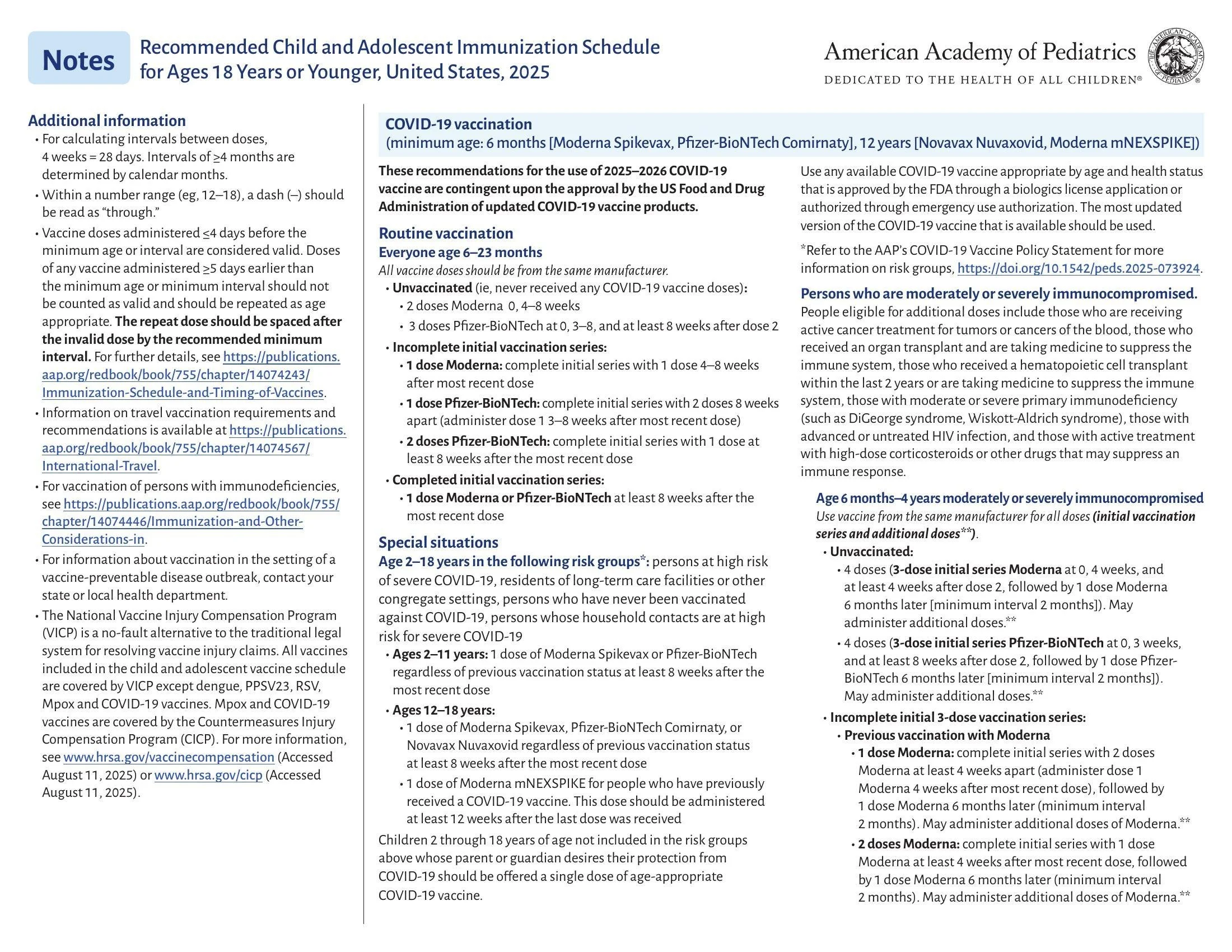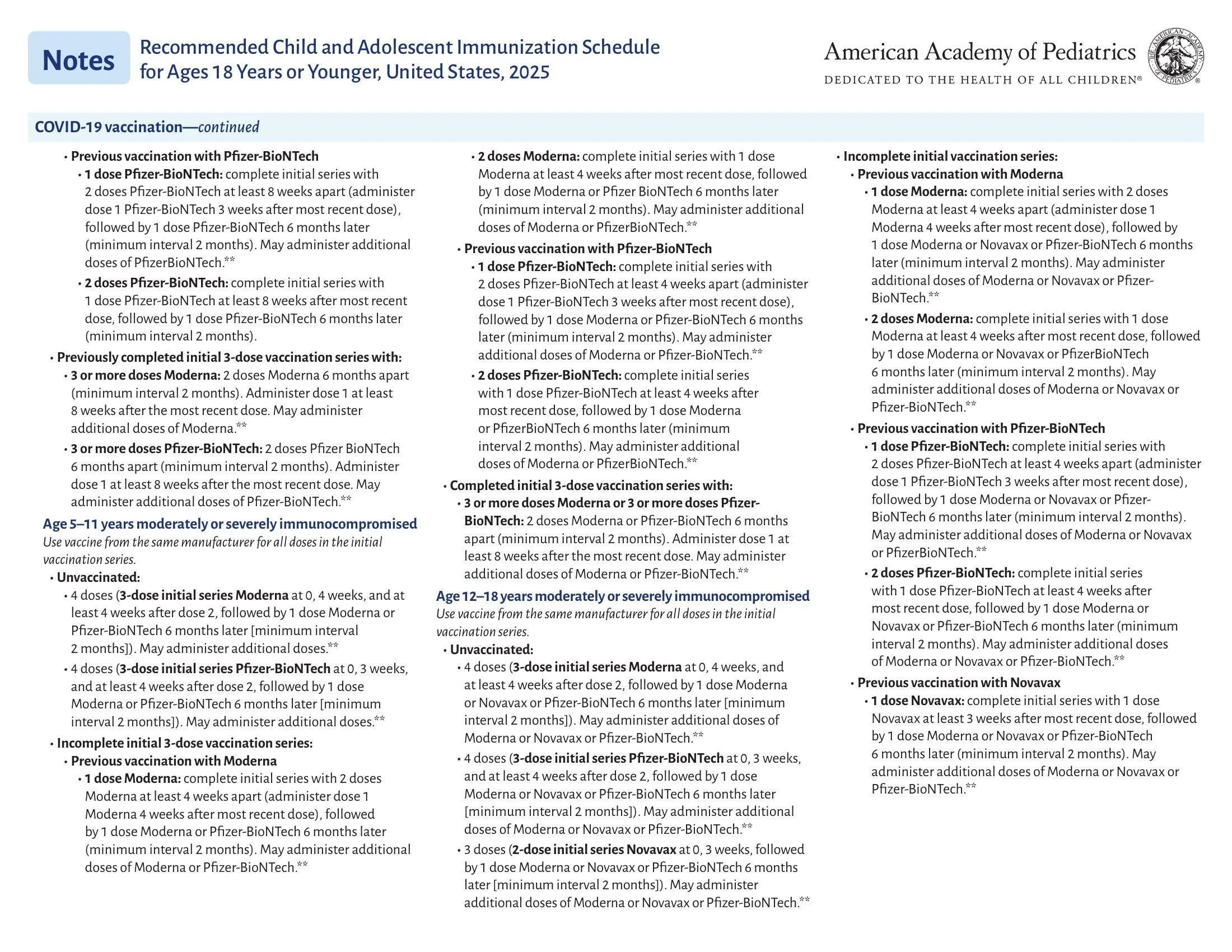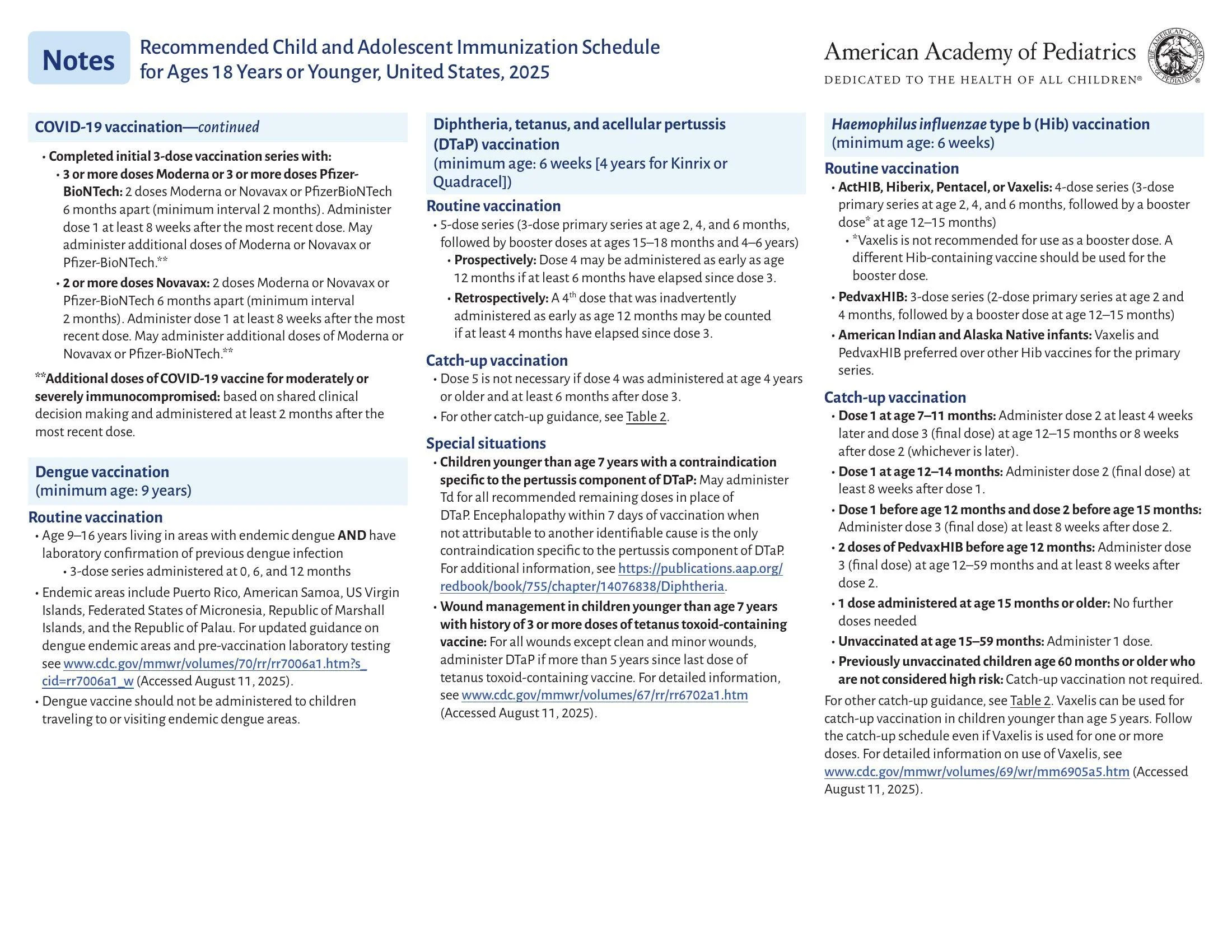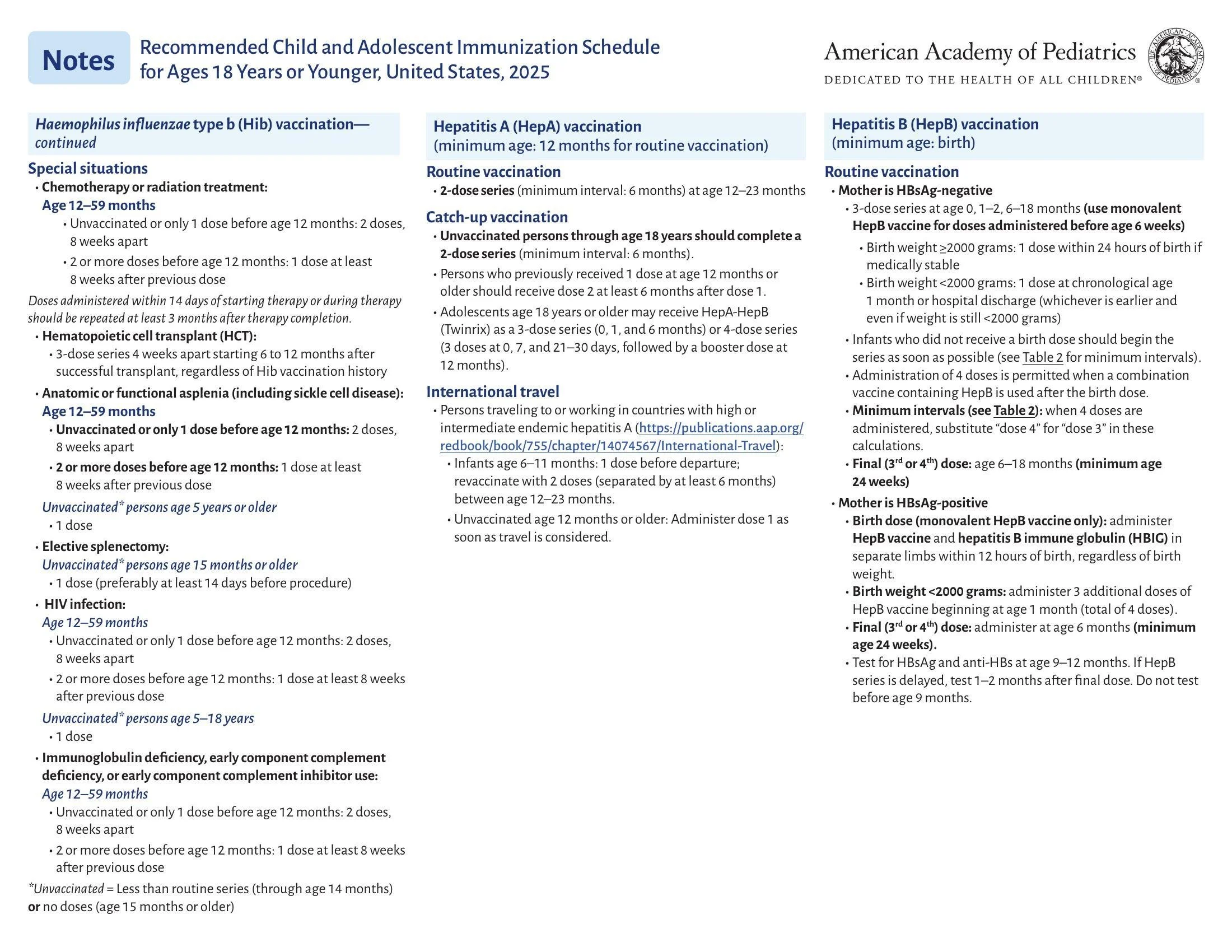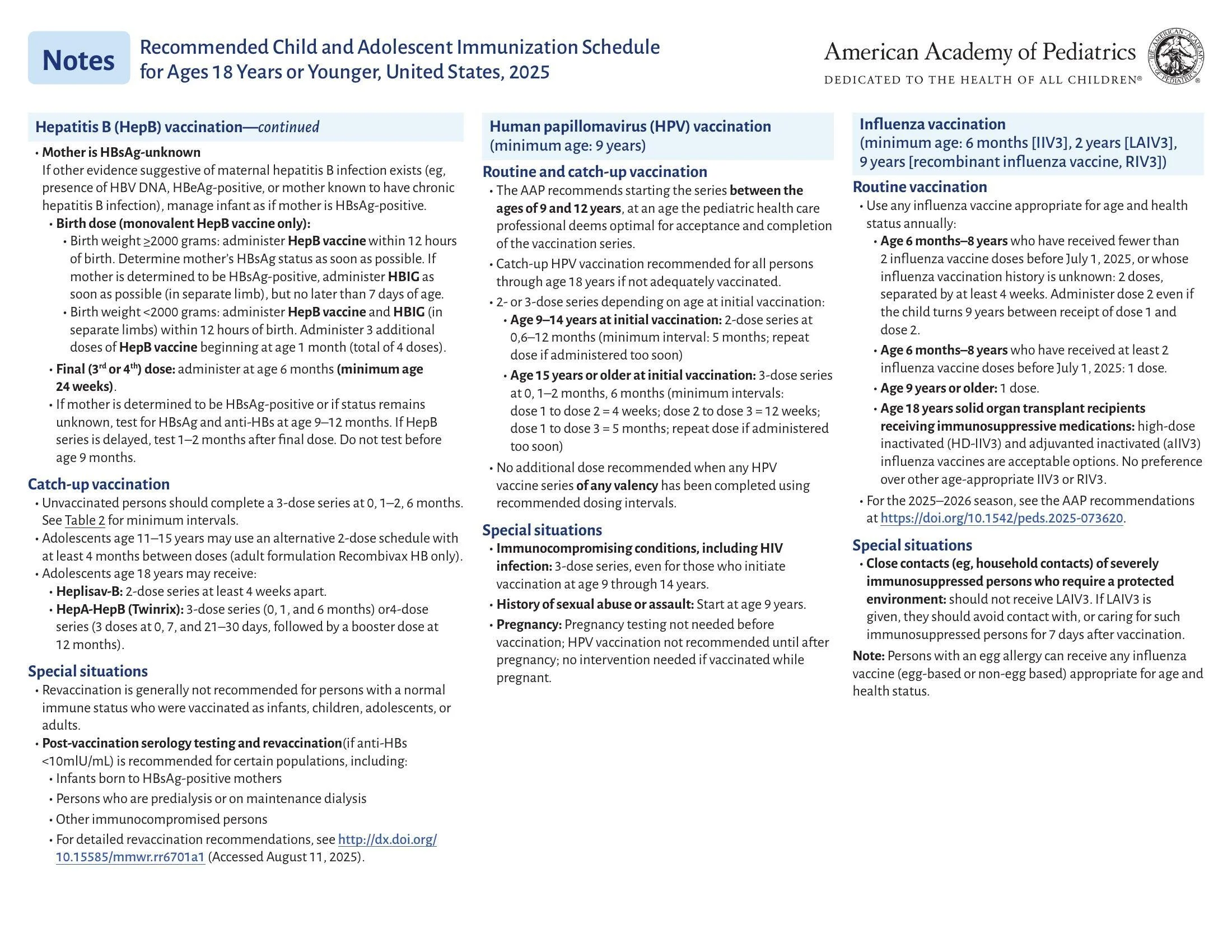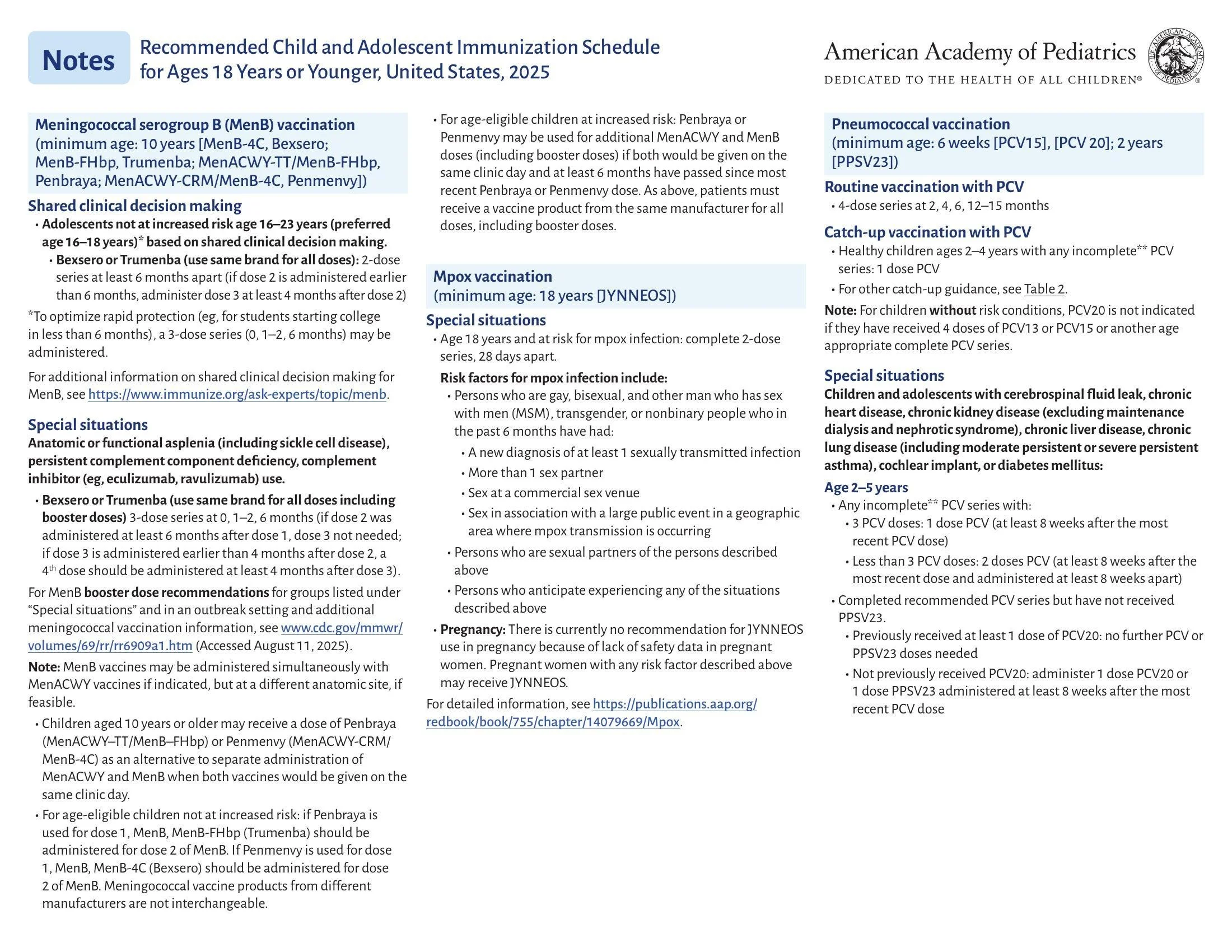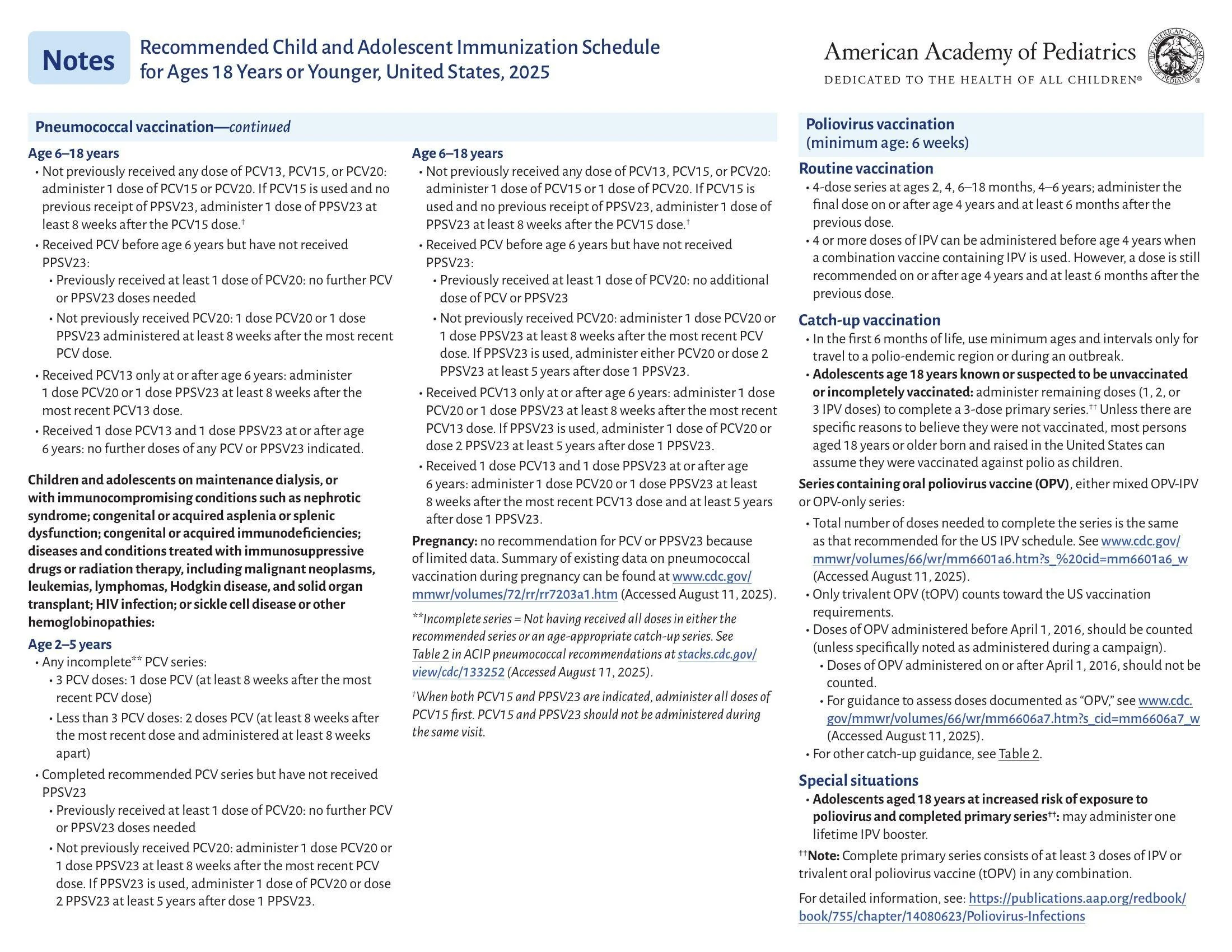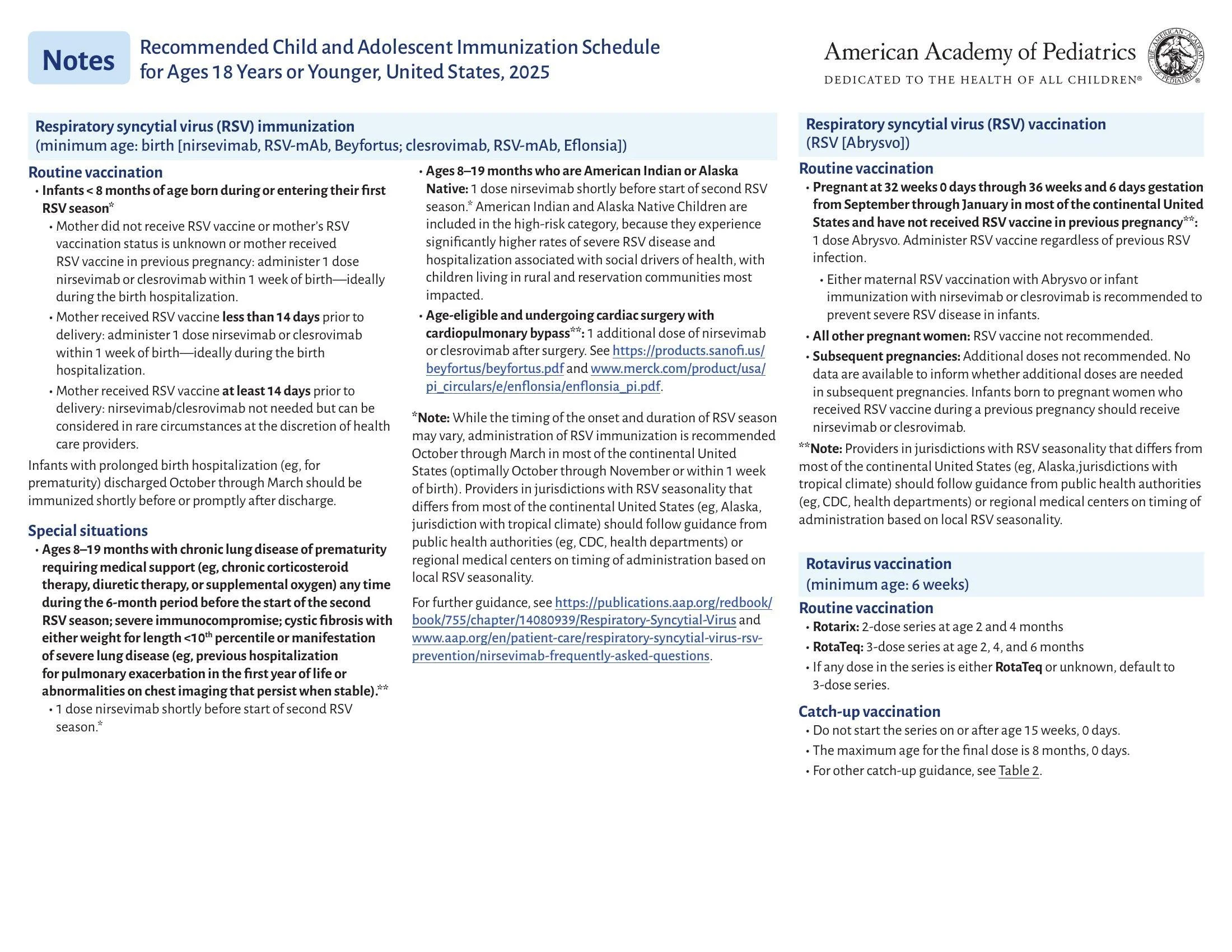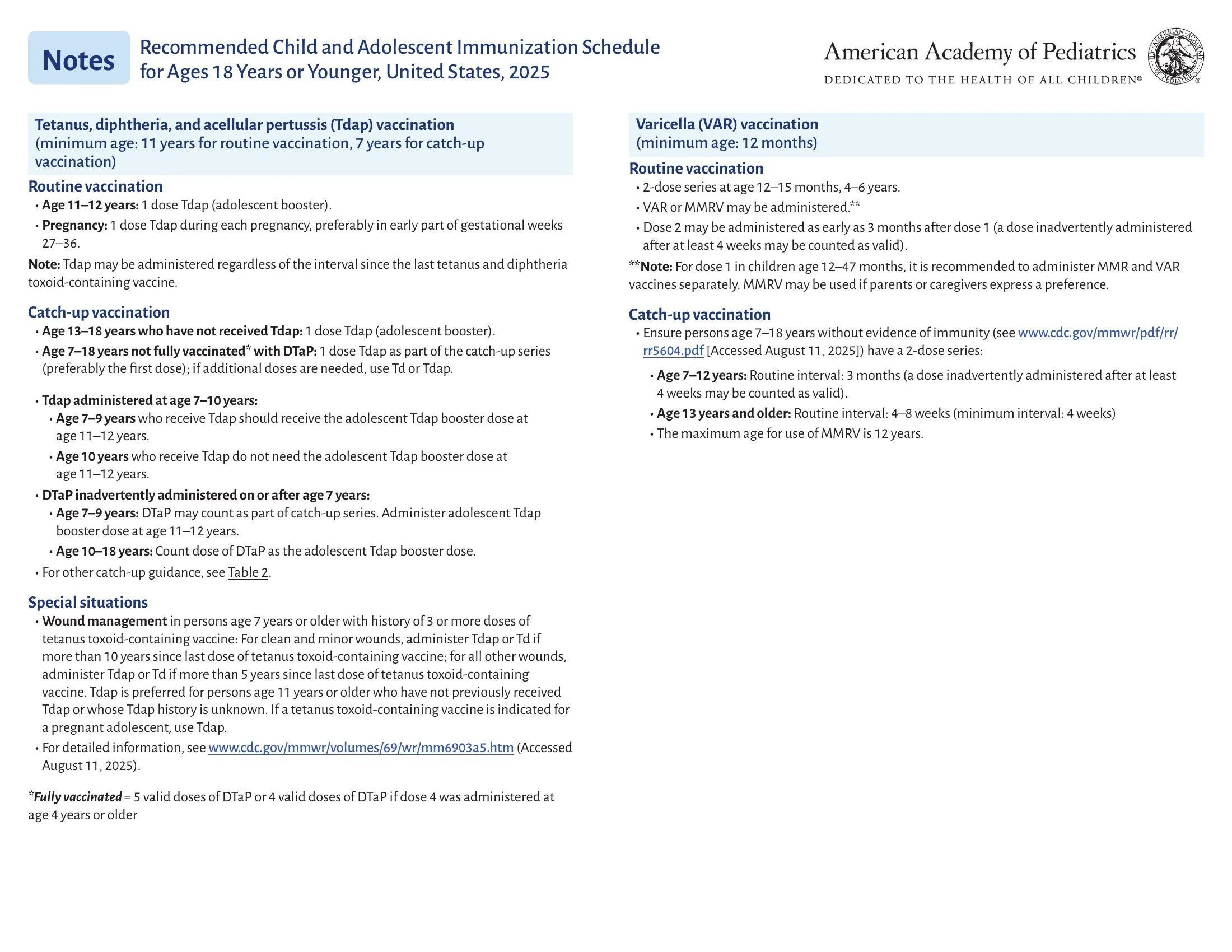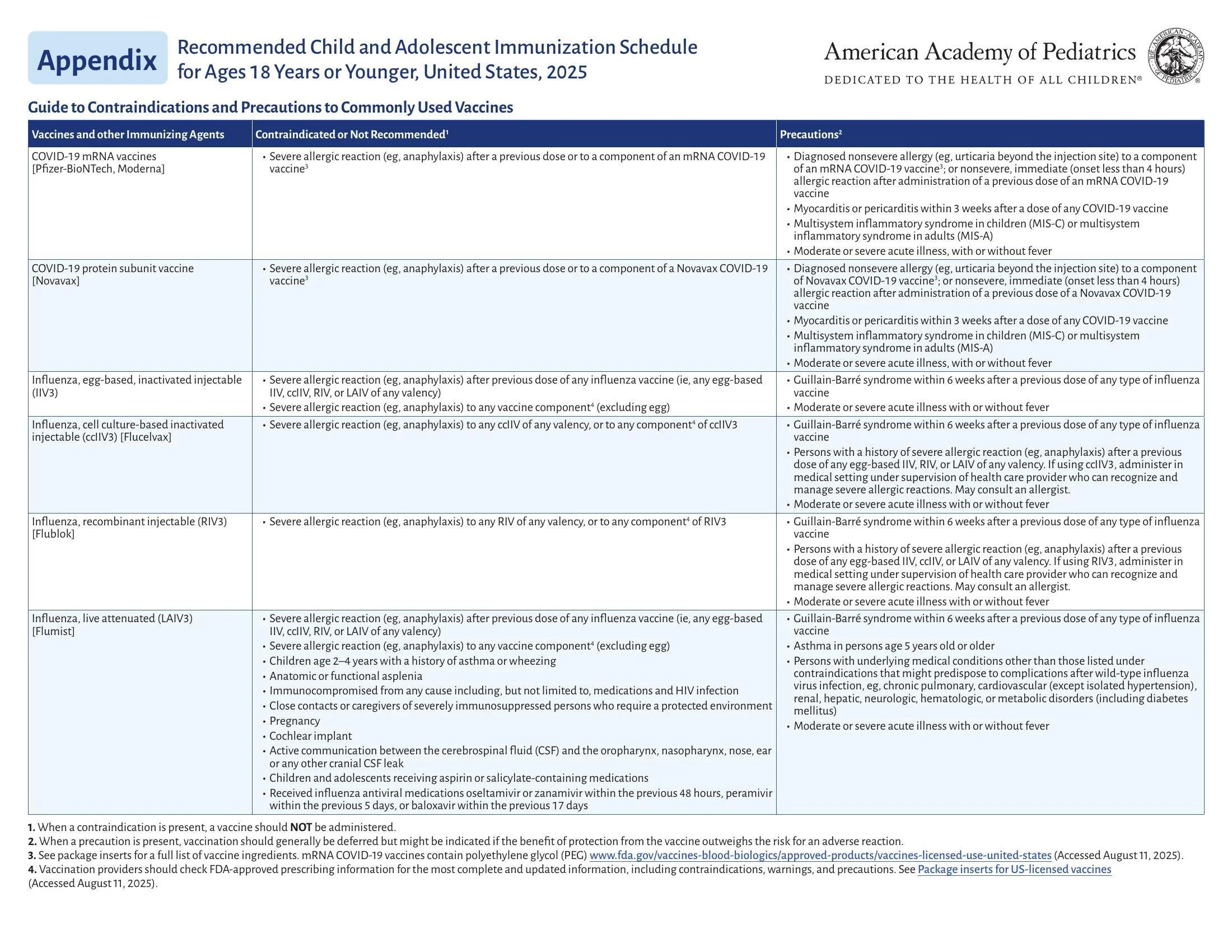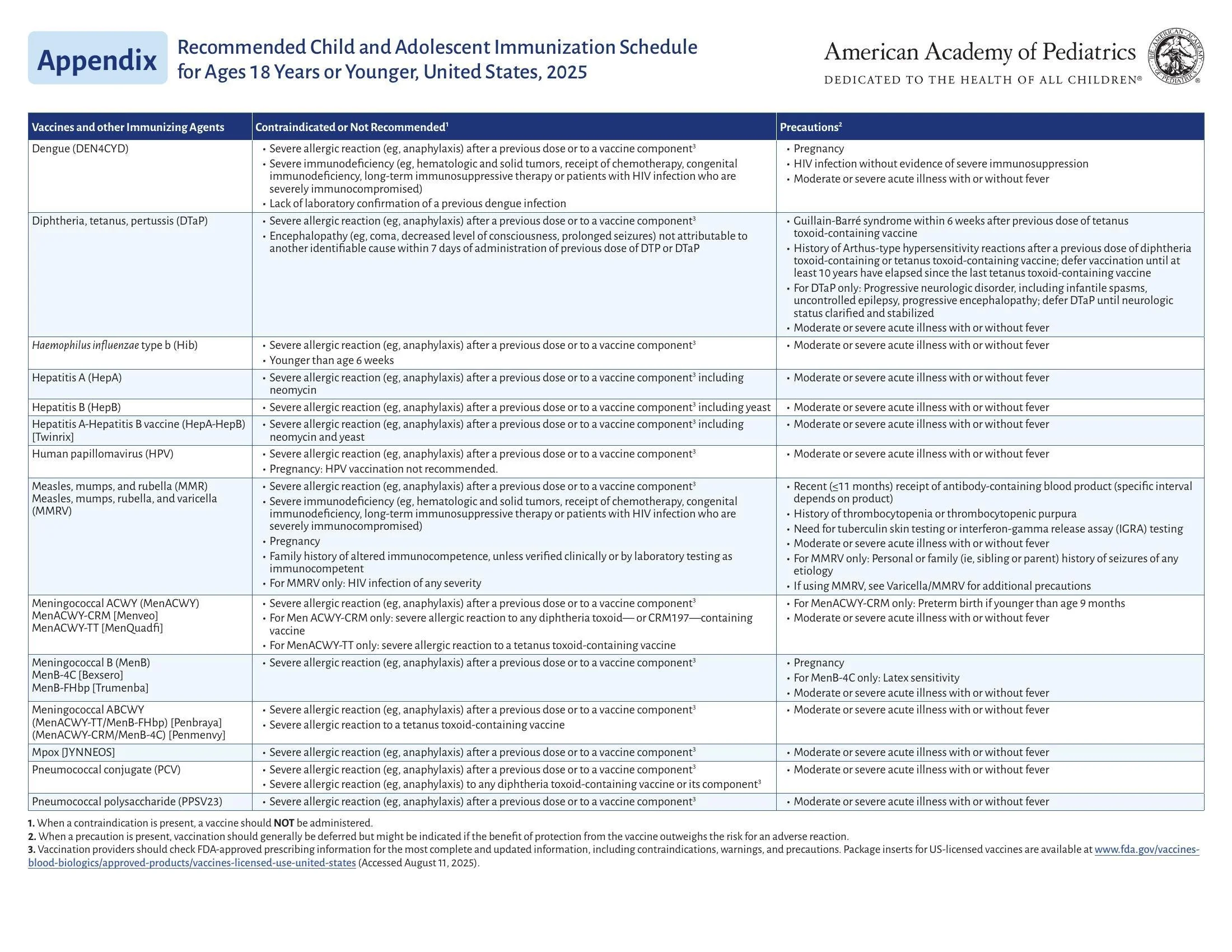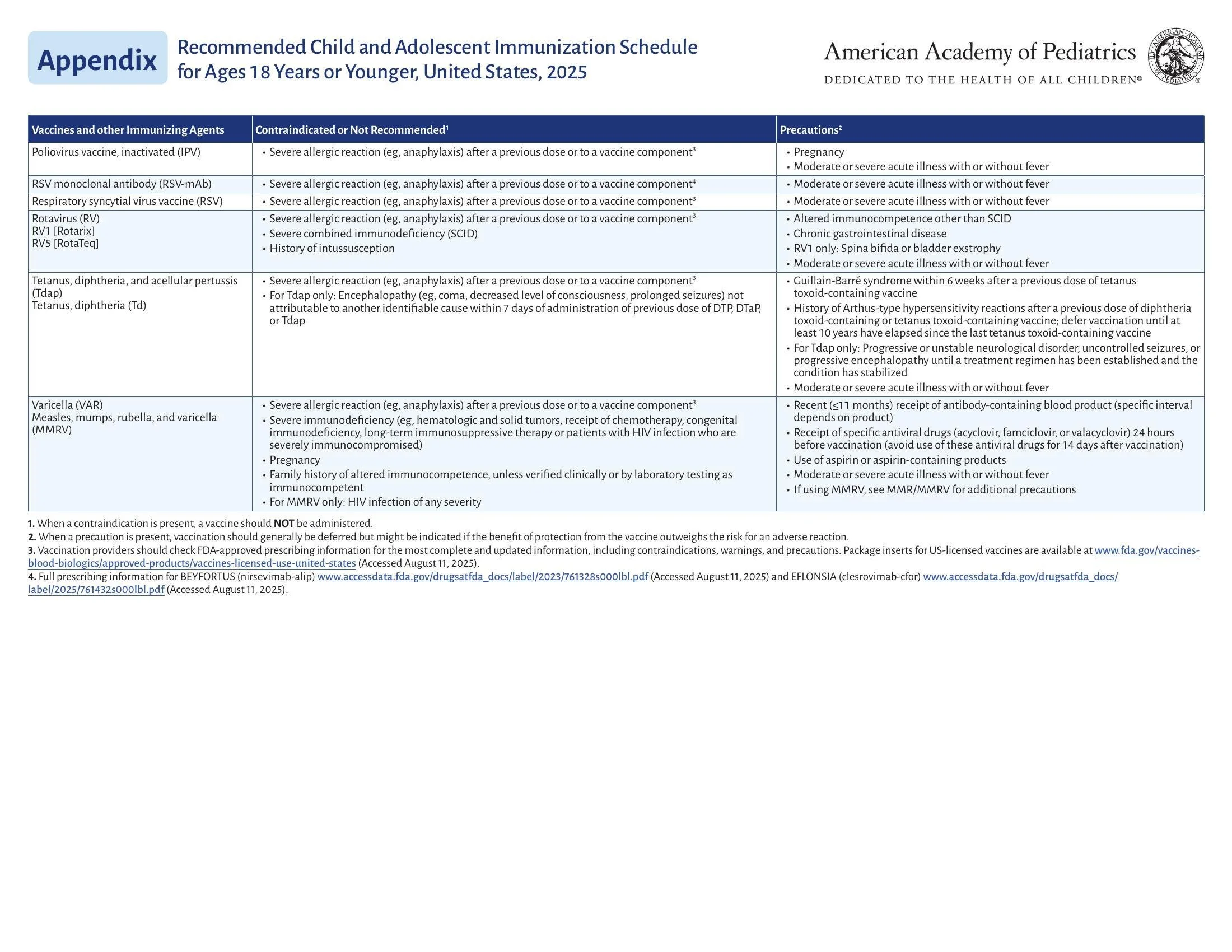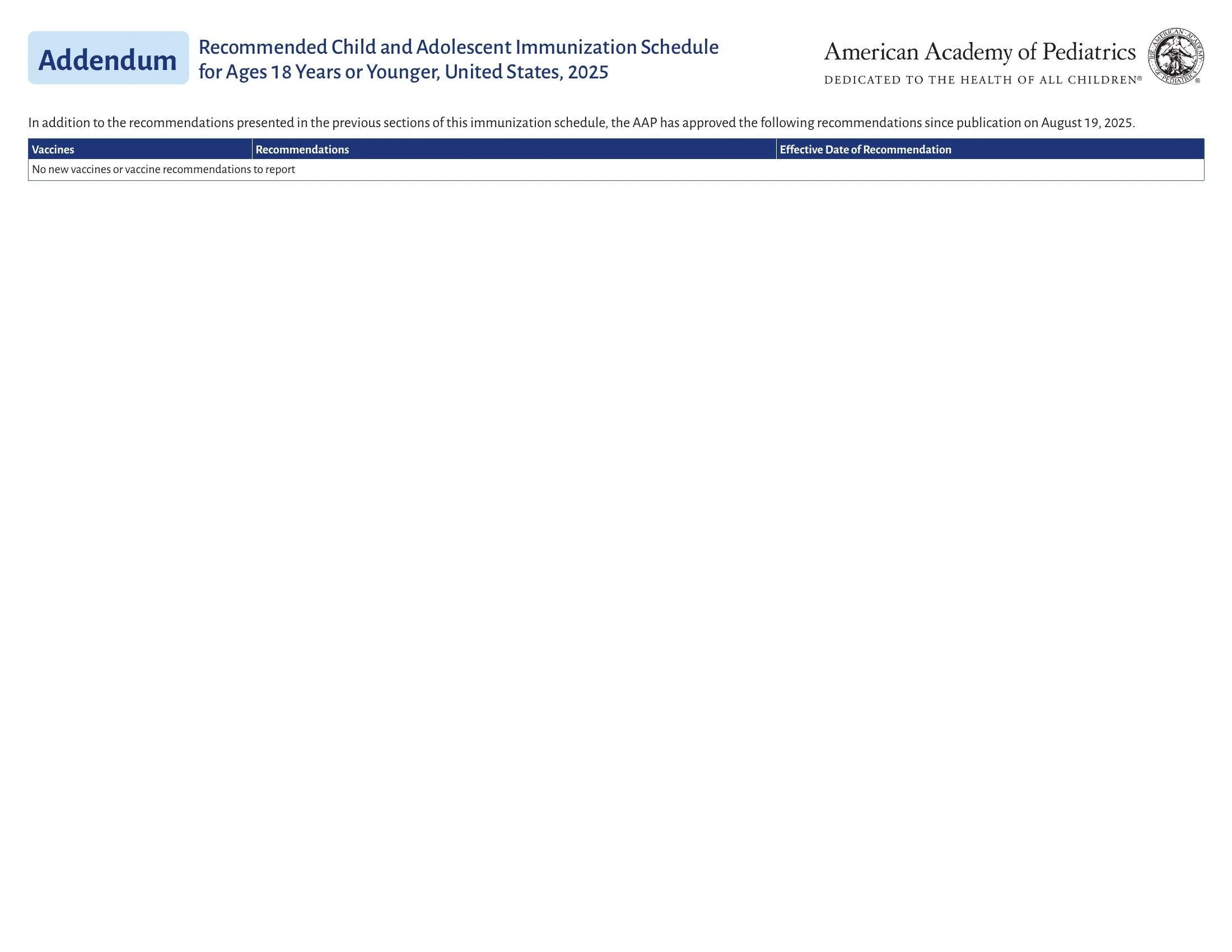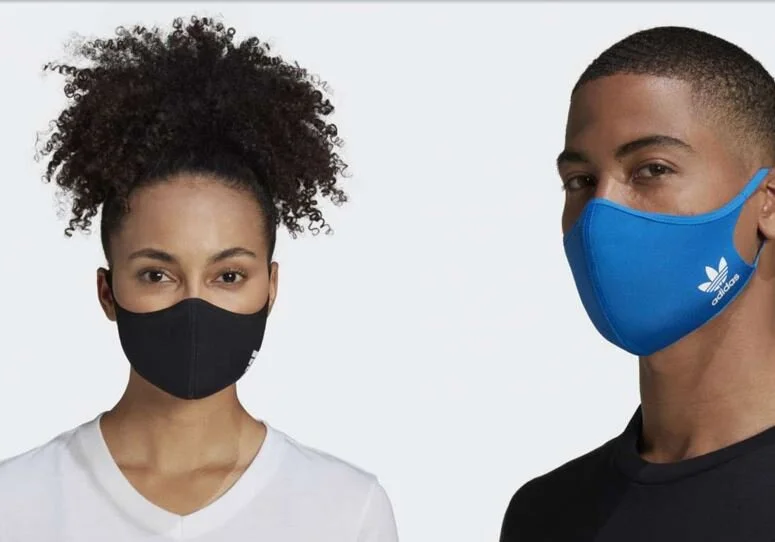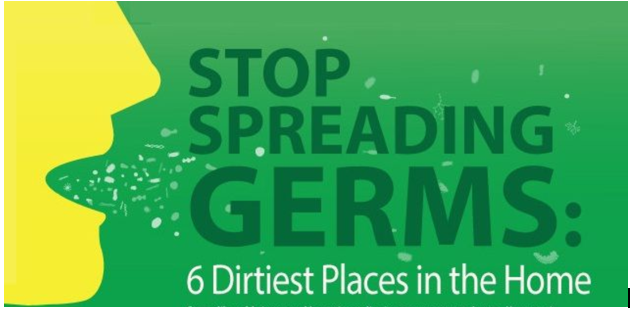10 WAYS TO REDUCE RISK AND CONTROL DIABETES
Diabetes is a chronic disease that affects millions of Americans, with the black community being at the largest risk. Research has found that 1 in 3 adults have prediabetes, which is a prolonged state of high
blood sugar levels. While prediabetes isn't quite diabetes, 70% of pre-diabetics go on to develop diabetes which can be nearly impossible to reverse. The good news is that for millions of pre-diabetics, there are plenty of ways to stabilize blood sugar levels and turn around the risks. If you already suffer from diabetes,
you can use these tips to control your diabetes under the guidance of your doctor.
1. EXERCISE OFTEN
A key way to turn around your risk for diabetes is to get moving. Research shows that people who burn 2000 calories a week can increase the body's cells that are more sensitive to insulin. This increases insulin
sensitivity, which means the body, can better regulate blood sugar levels.
To burn 2000 calories in one week you need to burn 400 calories a day for 5 days a week. You can do this by walking or jogging for 40 minutes, strength training for an hour, 30 minutes of high-intensity training or 1 hour
of yoga. The key is to exercise and challenge your body often, to reap the diabetes-fighting benefits.
2. PUT DOWN THE SUGAR DRINKS
One of the quickest ways to consume more sugar than necessary is to drink sugary drinks like artificial fruit juices and sodas. Research shows that people who drink an average of two sugary drinks a day were
99% more likely to develop type 2 diabetes. The fix here is too easy. Reach for the water bottle every time you would normally have a sugary drink. You'll be hydrated, your blood sugar levels will be more stable, and you'll knock down your risk for diabetes with every glass of water you finish.
3. FOCUS ON WEIGHT LOSS
Although not all people with diabetes are overweight, people who carry excess weight have an increased risk of diabetes. When you have too much body fat, you typically have increased inflammation and a resistance to
insulin. This makes the body more susceptible to diabetes.
On the other hand, with every few pounds you drop, you can reduce your risk for diabetes by 16%. Every little bit can help. To shed pounds, focus on reducing your calorie intake and moving more often to jumpstart this life-saving weight loss.
4. REDUCE YOUR CARB INTAKE
Carbohydrates are not usually the first thing that comes to mind when you think of culprits for diabetes. However, carbohydrates break down in the body as sugar. It’s widely known that you can get sugar from fructose (fruits), glucose (sugar), or lactose (dairy). However, you can also get sugar from starches (carbs), which include bread, corn, potatoes, grains, and cereals.
All carbohydrates, whether they start out as starches or sugars, can raise your blood sugar levels and lead to insulin resistance, and ultimately diabetes. For this reason, watching your carb intake throughout the
day can help you stabilize your blood sugar levels and reduce your risk of diabetes.
5. EAT SMALLER PORTIONS
Controlling diabetes is mostly about preventing sugar spikes so that your body can easily maintain healthy blood sugar levels. When you sit down to a meal and eat large amounts of food in one sitting, your blood sugar levels can get out of control, forcing your blood sugar levels to produce more insulin to bring your sugar levels back down.
If this is the case with every meal, you are putting your body at a higher risk of prediabetes and eventually diabetes, as your cell develop resistance to insulin over time. When you sit down to your next meal, do
not pile on the servings. Instead, dish out a cup of protein, a cup of veggies, and a half-cup of carbs. It may take time to get used to smaller portions, but your risk of diabetes will go down with every single meal,
6. GET OFF YOUR BUTT
We've talked about exercise but you may still have a sedentary lifestyle, which can increase your risk to develop diabetes by 91%. You are sedentary if you sit down for more time than you stand or move around.
You can break the sedentary cycle with a few simple changes. You can set an alarm to remind you to stand up and stretch or walk around for at least 5 minutes every hour. You'll increase your blood flow and circulation throughout your body, and even improve your concentration to make the workday that much
easier. You can add movement to your everyday task. Stand and walk during conference call rather than sitting during your calls. Stand when you clear your voicemails. Practice these until they become routine and slowly your risk will fall with each workday.
7. GET MORE FIBER
Fiber is like a magic pill to help your body regulate blood sugar levels while you eat. Food like leafy vegetables, lentils, apples, avocados, and whole grains, all have the power to slow down your digestion and keep your blood sugar from spiking out of control.
The slower your digestion, the fuller you feel and the slower the body absorbs things like nutrients, sugar, and vitamins from your foods. Include fiber in every meal to help your body regulate your blood sugar levels and thereby reducing your risk for diabetes.
8. GET MORE VITAMIN D
Vitamin D deficiencies are common among black people. This is because the best source of Vitamin D is from sun exposure and the melanin in the skin reduces the ability to absorb this precious vitamin. When it comes to diabetes prevention, Vitamin D improves the body's ability to produce insulin and regulate blood sugar levels.
It’s especially important for black people to seek out other sources for vitamin D, whether it’s natural sources or supplements. You can find it in healthy fats like cod liver oil. In addition, you can always increase your time outdoors to soak up more sun.
9. EAT MORE REAL FOOD
Our bodies are designed to break down real food in order to absorb the necessary vitamins and nutrients. Our bodies are less equipped to digest and benefit from processed foods. Synthetic ingredients and processed foods can increase your risk of many health conditions including diabetes.
A sure way to decrease your risk is to eat fewer processed foods and eat more foods that are real. Cutting back on processed foods can reduce your risk by 30%.
10. SIP ON COFFEE OR TEA
The benefits of coffee and tea change daily. Nevertheless, when it comes to preventing diabetes, drinking coffee and tea has been shown to reduce the risk of type 2 diabetes by up to 54%. Coffee and tea contain
antioxidants that can help your body protect against diabetes. If you're concerned about the negative, effects of caffeine just start with 1 cup of coffee or tea daily, particularly if you already have a high risk for
diabetes. In addition, if you haven't been paying attention, skip the sugar and creamer when you have your next cup of coffee or glass of tea.
Join our Exercise for Seniors Group on Facebook or YouTube at
The Guru of Abs daily at 10am Monday -Saturday
Join our 14-Day Carb Challenge. See me for details.
GOD BLESS!!!
Sources: BlackDoctor.org
REPORTER/Contributor: Gathea Gilmer

